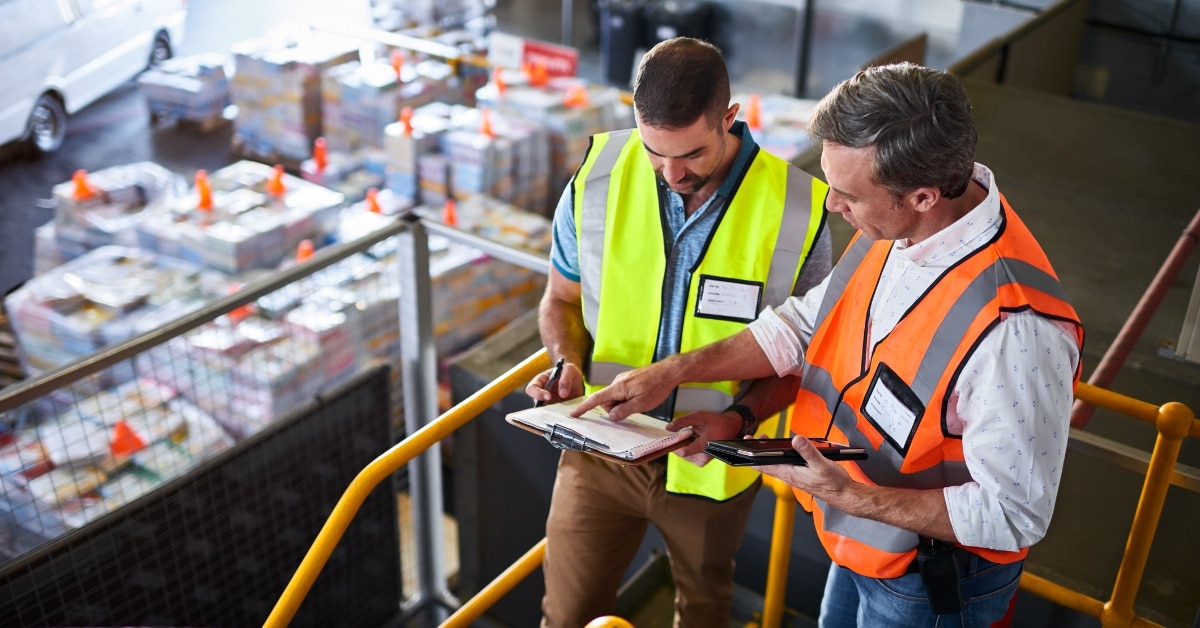As a rule, food should be used up quickly, in order to avoid unnecessary waste and guarantee food safety. The “use-by” date and the “best-before” date are the most important parameters. After the “use-by” date has been reached, increased formation of pathogens can occur. Once the “best-before” date has been reached, the quality of the product deteriorates.
Dry foods
These should be stored in stable containers, above the floor and in dry, cool, well ventilated and clean surroundings. Humidity is an important parameter, as an excessively high relative humidity favours the growth of mould, negatively influencing the shelf life of the food.
Perishable goods
These should be stored in a refrigerator or refrigerated room, observing the prescribed temperatures.
Measurement method
In the storage of foods, it is not sufficient to measure the surface and core temperature or relative humidity once a day – as that means that for the other 23 hours of the day you are in the dark about the storage conditions of your foods. The continuous measurement of temperature and humidity with data loggers or data monitoring systems is therefore preferable over manual measurement: It saves time, minimizes risks and ensures quality.
Recommended measuring instrument
Mini data logger for temperature and humidity testo 174 H
• Measurement data memory for 16,000 temperature and humidity readings
• Reliable measurement via humidity sensor with long-term stability
• Easy data transfer by USB interface, practical data analysis and documentation at a PC
More temperature and humidity data logger from Testo Malaysia, Singapore or Indonesia.


